Lineup of Speakers
Industry Panel
Moderated by Andre Duurvoort | Cupertino's Sustainability Manager
Sally Houghton, Executive Director
Plastic Recycling Corp of California
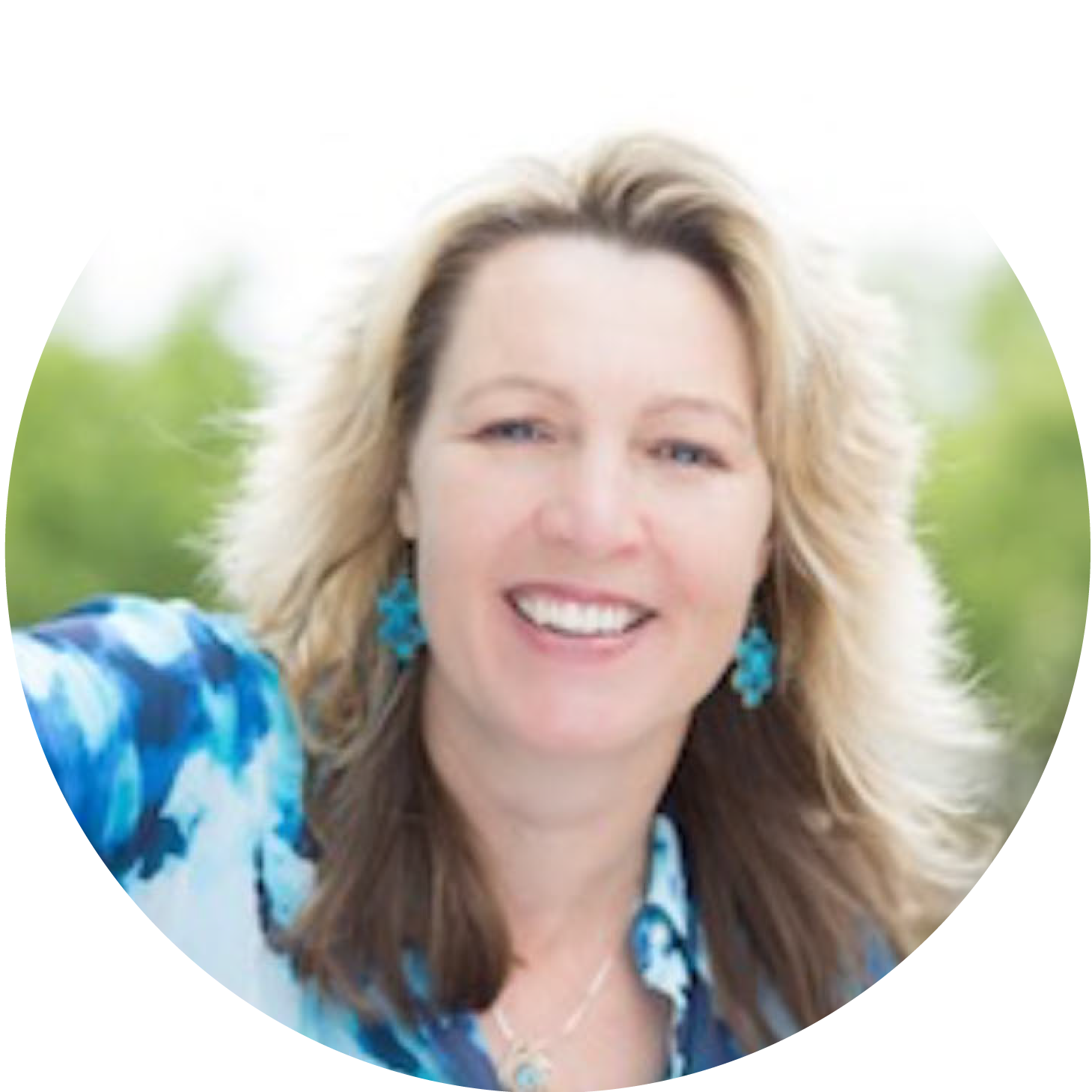 Sally Houghton is the Executive Director of the Plastic Recycling Corporation of California, PRCC. She is no stranger to the plastic recycling industry and has worked for the California non-profit since 2007. In this role Sally coordinates a team that manages all aspects of the plastics recycling industry including a strong supply chain, knowledge of the PET industry, logistics, quality control and legislative understanding. It is this broad experience of the industry that provides her a firm grasp of all elements in the recycling chain.
Sally Houghton is the Executive Director of the Plastic Recycling Corporation of California, PRCC. She is no stranger to the plastic recycling industry and has worked for the California non-profit since 2007. In this role Sally coordinates a team that manages all aspects of the plastics recycling industry including a strong supply chain, knowledge of the PET industry, logistics, quality control and legislative understanding. It is this broad experience of the industry that provides her a firm grasp of all elements in the recycling chain.
A big believer in the importance of a strong recycling industry, Sally supports the role of PRCC and its goal to sustain healthy markets for recycled PET.
Before joining PRCC she taught High School English and Drama in her native England for 10 years. She loves to cook, read and anything related to soccer.
Jeff Donlevy, General Manager
Ming's Recycling
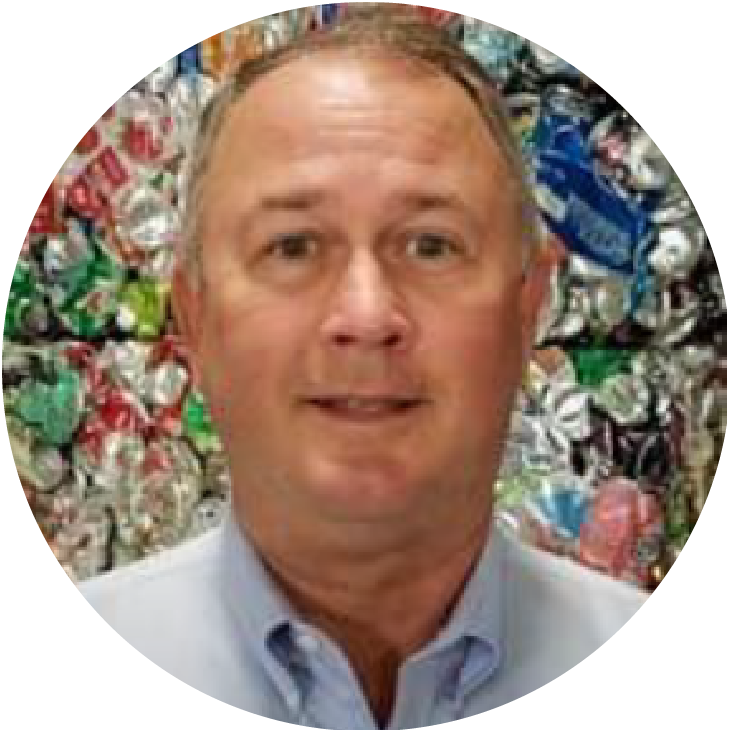 Ming’s Recycling is an independent, family-owned recycling corporation based in Sacramento, California with two facilities in Sacramento and one in Hayward. From a small and humble beginning in 1989, Ming’s has grown to become one of the largest recycling companies in California handling over 7 billion CRV containers every year. Ming’s has built long term relationships with quality suppliers and with end users to ensure continuous and seamless movement of recyclable material. Over 80% of all material handled by Ming’s is recycled in California and the United States.
Ming’s Recycling is an independent, family-owned recycling corporation based in Sacramento, California with two facilities in Sacramento and one in Hayward. From a small and humble beginning in 1989, Ming’s has grown to become one of the largest recycling companies in California handling over 7 billion CRV containers every year. Ming’s has built long term relationships with quality suppliers and with end users to ensure continuous and seamless movement of recyclable material. Over 80% of all material handled by Ming’s is recycled in California and the United States.
Jeff has over 25 years’ experience in the recycling industry. With experience in the design, construction, start-up and management of recycling facilities ranging in size from small CRV buy-back centers up to 10,000 tons per month Material Recovery Facilities and transfer stations.
Jeff currently is a member of the California Statewide Commission on Recycling Markets and Curbside Recycling. For the past few years, he has been advocating for major reform of the California Bottle Bill to help more Californians get their deposits back and to get cleaner and drier CRV containers recycled.
Bruce Olszewsky, Professor
San Jose State University
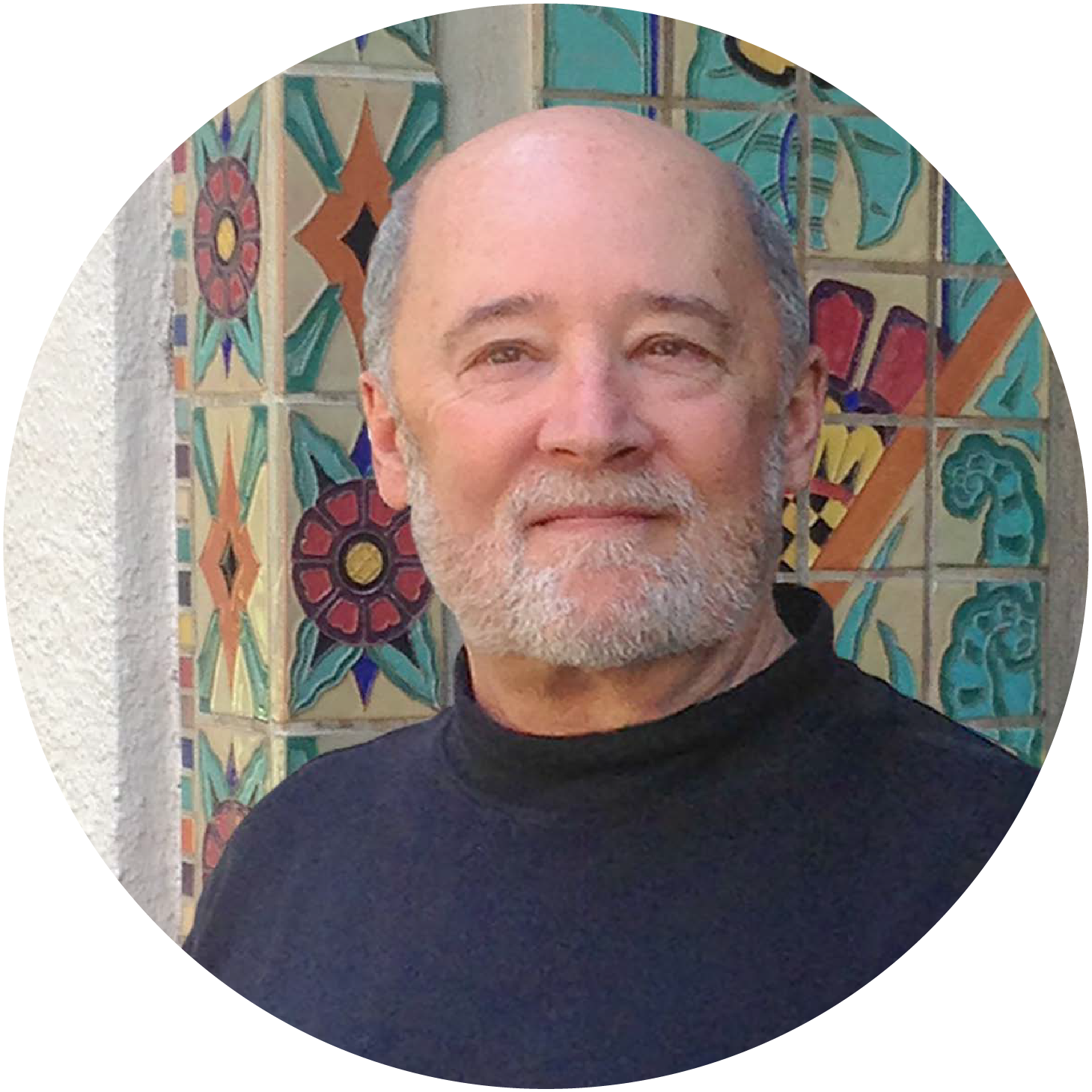 Bruce Olszewski (Ol-chef-ski) has worked in fields of energy efficiency, urban water conservation, recycling, urban planning, academia, and has been a community board, foundation, and commission member. A member of the Environmental Studies faculty at San Jose State University (SJSU) since 1989, Bruce teaches Introduction to Environmental Issues, Sustainable Materials Management, Global Trade and the Environment, and Special Projects.
Bruce Olszewski (Ol-chef-ski) has worked in fields of energy efficiency, urban water conservation, recycling, urban planning, academia, and has been a community board, foundation, and commission member. A member of the Environmental Studies faculty at San Jose State University (SJSU) since 1989, Bruce teaches Introduction to Environmental Issues, Sustainable Materials Management, Global Trade and the Environment, and Special Projects.
He is the founding Director of SJSU’s Center for the Development of Recycling (CDR), and manages the student-operated faculty-managed Recycling and Household Hazardous Waste Call Center for Santa Clara County and the recycling\reuse website, RecycleStuff.org, for the counties of Santa Clara and San Mateo. CDR has been recognized with awards from the California State University and the California Resource Recovery Association.
Science & Technology Panel
Moderated by Carrie Young | Cupertino Library Foundation
Corinne Scown
Lawrence Livermore Labs
 Corinne Scown is the Vice President and founder of the Life-cycle, Economics, and Agronomy Division (LEAD) at the Joint BioEnergy Institute (JBEI), Deputy Director of the Energy Analysis and Environmental Impacts (EAEI) Division at Lawrence Berkeley National Lab, and Head of Sustainability at the Energy and Biosciences Institute (EBI). She is also a co-founder of Cyklos Materials. Scown’s expertise includes life-cycle assessment, technoeconomic analysis, biofuels and bioproducts and co-management of energy and water. She has received awards for her work, including the ACS Sustainable Chemistry & Engineering Lectureship and the Department of Energy Secretary's Achievement Award. Scown earned a B.S. in civil engineering with a double-major in engineering and public policy at Carnegie Mellon University, and she received her Ph.D. and M.S. in civil and environmental engineering at UC Berkeley.
Corinne Scown is the Vice President and founder of the Life-cycle, Economics, and Agronomy Division (LEAD) at the Joint BioEnergy Institute (JBEI), Deputy Director of the Energy Analysis and Environmental Impacts (EAEI) Division at Lawrence Berkeley National Lab, and Head of Sustainability at the Energy and Biosciences Institute (EBI). She is also a co-founder of Cyklos Materials. Scown’s expertise includes life-cycle assessment, technoeconomic analysis, biofuels and bioproducts and co-management of energy and water. She has received awards for her work, including the ACS Sustainable Chemistry & Engineering Lectureship and the Department of Energy Secretary's Achievement Award. Scown earned a B.S. in civil engineering with a double-major in engineering and public policy at Carnegie Mellon University, and she received her Ph.D. and M.S. in civil and environmental engineering at UC Berkeley.
Jeff Dobert, Director of Operations
Bay Counties SMaRT
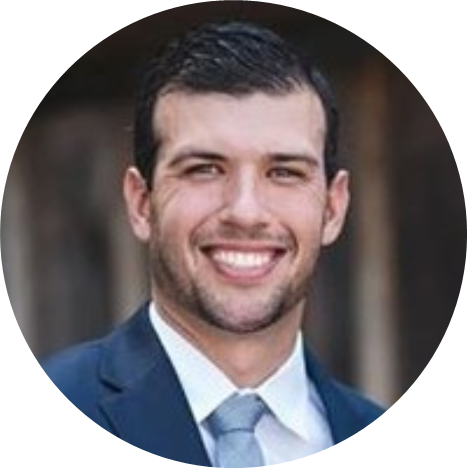 Jeff has fourteen years of experience working for Bay Counties Waste Services, the last ten of which have been focused on operations management for the SMaRT (Sunnyvale Material and Recovery Transfer) Station, which uses advanced equipment to sort and bale recyclable materials. He oversees all aspects of the Station including researching new markets for currently recycled and non-recycled commodities.
Jeff has fourteen years of experience working for Bay Counties Waste Services, the last ten of which have been focused on operations management for the SMaRT (Sunnyvale Material and Recovery Transfer) Station, which uses advanced equipment to sort and bale recyclable materials. He oversees all aspects of the Station including researching new markets for currently recycled and non-recycled commodities.
Joey Schmitt
Action Research (Behavior Change)
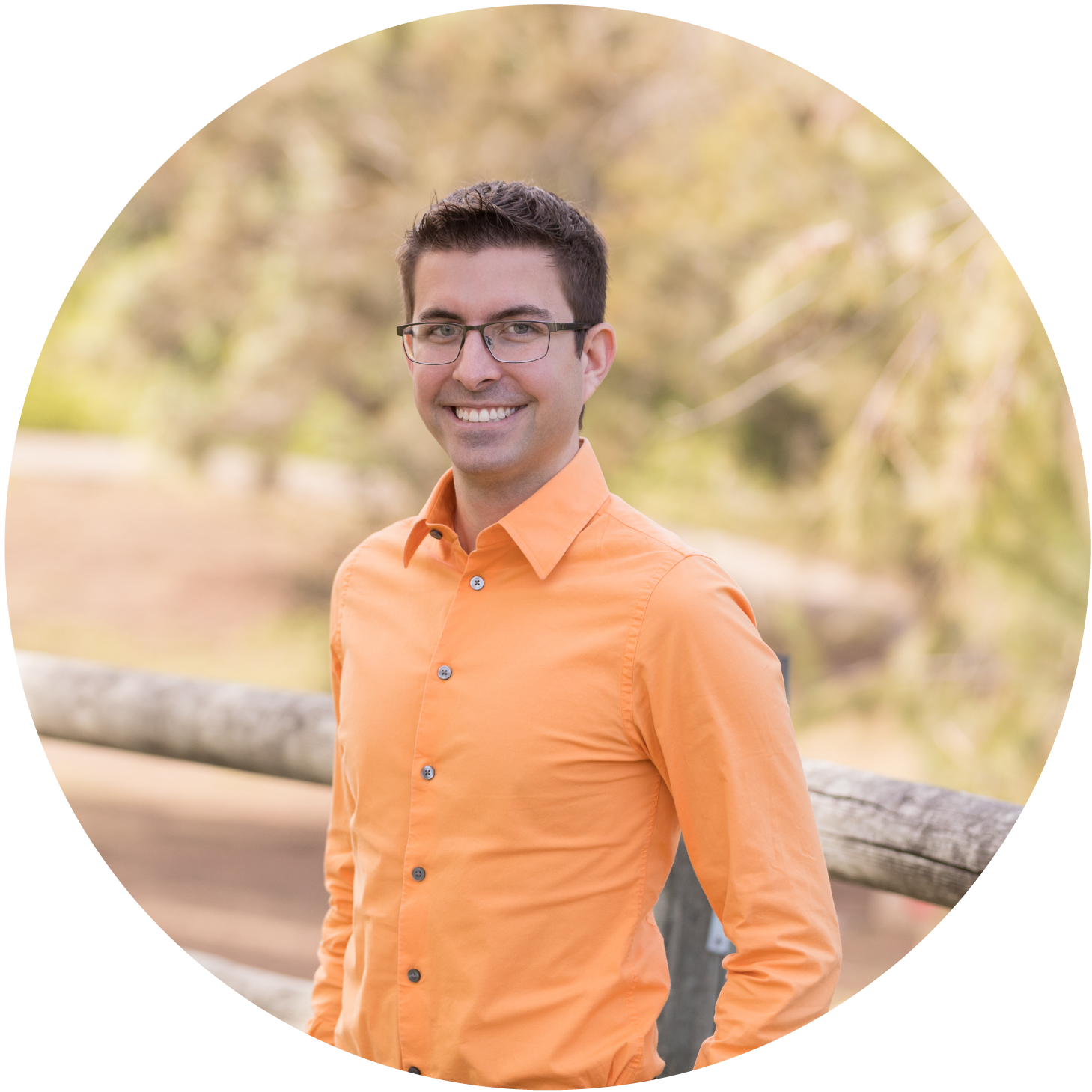 Joey Schmitt is a Project Director at Action Research with over ten years of behavior change experience. Joey has extensive experience managing and directing projects for multi-jurisdictional public agencies, non-profits, and private businesses. He has directed CBSM projects on stormwater, composting, energy conservation, water conservation, and transportation. His background is in applied social psychology, and he has expertise in designing field experiments in a research environment. He has worked in both professional and academic positions where he has conducted field research in the areas of environmental attitudes, community outreach, and behavior change. His most recent publications appear in the Journal Energy and the Handbook of Persuasion and Social Marketing.
Joey Schmitt is a Project Director at Action Research with over ten years of behavior change experience. Joey has extensive experience managing and directing projects for multi-jurisdictional public agencies, non-profits, and private businesses. He has directed CBSM projects on stormwater, composting, energy conservation, water conservation, and transportation. His background is in applied social psychology, and he has expertise in designing field experiments in a research environment. He has worked in both professional and academic positions where he has conducted field research in the areas of environmental attitudes, community outreach, and behavior change. His most recent publications appear in the Journal Energy and the Handbook of Persuasion and Social Marketing.
Policy Panel
Moderated by Darcy Paul | Mayor of Cupertino
Obai Rambo
Recology Corporate VP of Govt Affairs
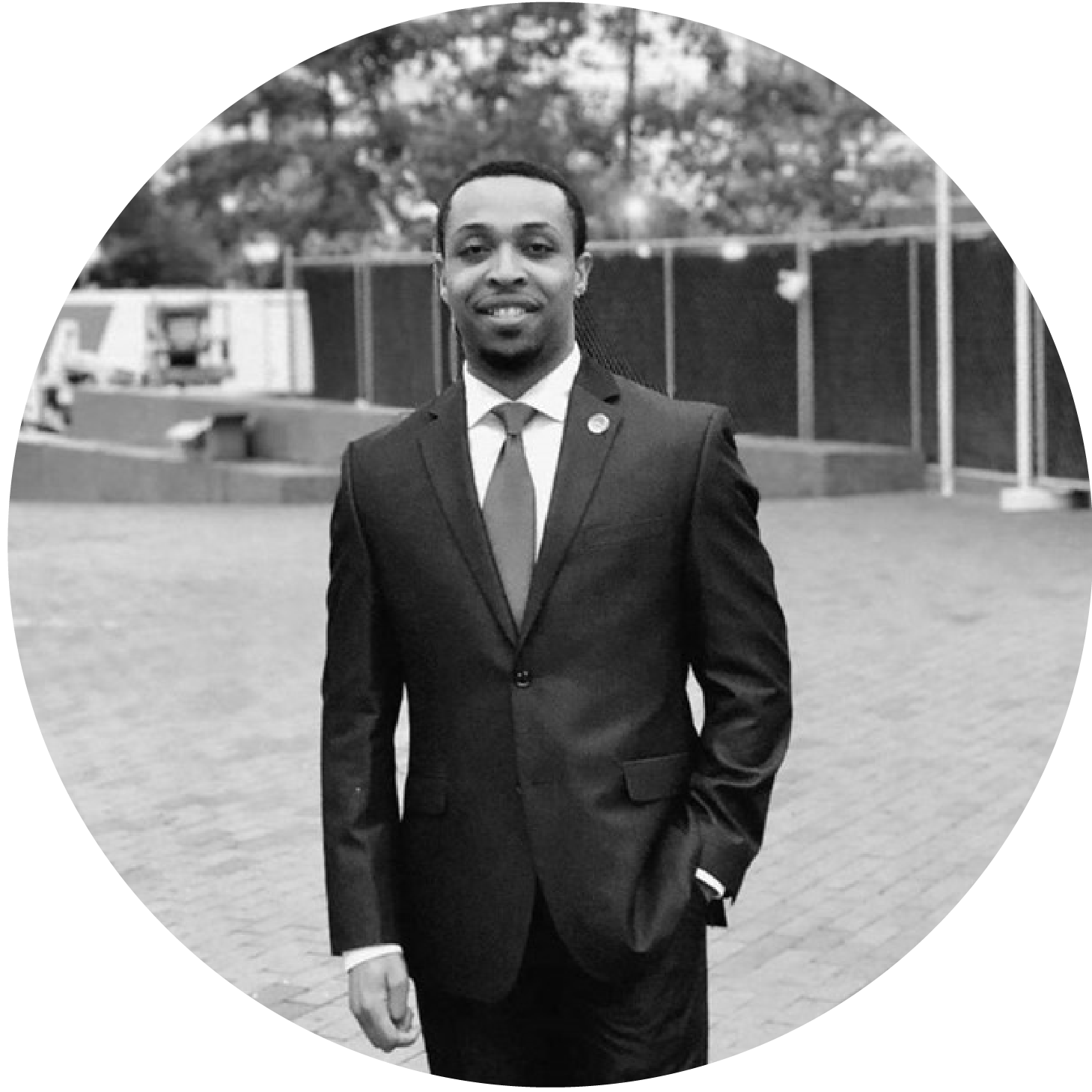 Obai Rambois the Director of Government Affairs at Recology. In this critical role, Obai oversees Recology’s political involvement, strategies, and works with each region on the company’s important policy and regulatory initiatives.
Obai Rambois the Director of Government Affairs at Recology. In this critical role, Obai oversees Recology’s political involvement, strategies, and works with each region on the company’s important policy and regulatory initiatives.
An activist at heart, Obai Rambo has been involved in politics before he was old enough to vote. Born and raised in San Francisco and Vallejo, Obai earned his degree in Political Science at the University of California, Berkeley. Obai was selected as a California State Assembly Fellow then went on to serve as a legislative aide in the California State Legislature. Obai has since worked in private and governmental roles on both coasts. While earning his Master’s in Public Policy with a concentration on Housing and Urban Development at Columbia University, he worked as an Administrative Policy Officer for the City of New York.
Prior to joining Recology, Obai represented clients at Strategies 360 - a Seattle based consulting firm with one of the largest footprints west of the Mississippi River. Obai also served as the Bay Area Field Representative and for U.S. Senator Kamala Harris. In his roles, he has developed policy and strategic recommendations, acted as a liaison with Bay Area leaders, offered insightful advice and practical solutions on an array of critical issues facing Californians, including housing and homelessness, healthcare, and environmental policy. Obai is motivated with the belief that the Bay Area, and companies like Recology, have great potential to innovate and set an example for the rest of the country to follow.
Obai holds a B.A. in Political Science from UC Berkeley, and an M.A. in Human Rights with a focus on housing and urban development from Columbia University.
Nick Lapis
Californians Against Waste
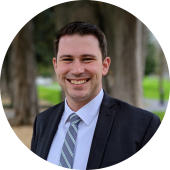 Nick is CAW's Director of Advocacy and has been with the organization since 2007.
Nick is CAW's Director of Advocacy and has been with the organization since 2007.
In that time, Nick has led CAW’s team of advocates in campaigns to pass groundbreaking laws that have positioned California as a global leader in reducing and recovering waste. By building strong coalitions, he has helped enact policies to reduce the impacts of climate change, recover organic wastes, reduce plastic pollution, and develop sustainable markets for recyclable materials. Nick also engages in policy development and research, representing CAW on a variety of boards, commissions, taskforces, and coalitions.
Nick completed his Bachelors of Science in Environmental Biology and Management, with minors in Political Science and Environmental Policy Analysis and Planning, at the University of California, Davis. Before joining CAW, he interned at the Coalition for Clean Air and California State Parks and worked on native habitat restoration and youth leadership development through several positions at the Golden Gate National Parks.
Lloyd A. Holmes
President of De Anza College
 Lloyd A. Holmes, a veteran educator with a track record of removing barriers to student success, became president of De Anza College on July 1, 2020. He is the college's fourth president since its founding in 1967.
Lloyd A. Holmes, a veteran educator with a track record of removing barriers to student success, became president of De Anza College on July 1, 2020. He is the college's fourth president since its founding in 1967.
Before joining De Anza, Holmes was vice president of student services at Monroe Community College in Rochester, N.Y., part of the State University of New York (SUNY) system of two- and four-year schools. He also provided statewide leadership in the SUNY system by mentoring other colleges on a student success initiative and serving on a statewide task force on student hunger.
Holmes was previously an administrator at North Shore Community College in Massachusetts, Coastal Carolina University in South Carolina and the University of Mississippi. He has taught graduate and undergraduate students, and worked as a residence hall adviser, financial aid adviser, coordinator of student wellness and alcohol and drug abuse programs, and dean of students. Throughout his career, he has been devoted to expanding student equity and success.
Ursula Syrova
Environmental Programs Manager, Cupertino
 Ursula manages Cupertino's Environmental Programs Division of Public Works, which ensures the City's compliance with state waste diversion and stormwater pollution prevention regulations. Cupertino has been prioritizing waste reduction for years, including early implementation of organics diversion services and single-use plastic carryout bag restrictions, a ban on expanded polystyrene foam foodware, and adoption of a zero waste policy. Currently the division is working on a new single-use plastic foodware ordinance. Ursula earned her B.A. from UCSC in Language Studies and an M.A. from the University of Denver in International Technology Analysis and Management. Prior to joining Cupertino in 2016 she worked for the City of Sunnyvale in the Recycling Division, volunteered with Sustainable Silicon Valley, and was Energy Manager for Sunnyvale School District.
Ursula manages Cupertino's Environmental Programs Division of Public Works, which ensures the City's compliance with state waste diversion and stormwater pollution prevention regulations. Cupertino has been prioritizing waste reduction for years, including early implementation of organics diversion services and single-use plastic carryout bag restrictions, a ban on expanded polystyrene foam foodware, and adoption of a zero waste policy. Currently the division is working on a new single-use plastic foodware ordinance. Ursula earned her B.A. from UCSC in Language Studies and an M.A. from the University of Denver in International Technology Analysis and Management. Prior to joining Cupertino in 2016 she worked for the City of Sunnyvale in the Recycling Division, volunteered with Sustainable Silicon Valley, and was Energy Manager for Sunnyvale School District.
S4 and Art
S⁴
 The Super Summer Science Search (S4) is a science competition for middle school students. Hosted annually in the summer by the Cupertino Teen Advisory Council with support from the Cupertino Library Foundation, students are challenged to solve a problem in the field of or using Science, Technology, Engineering, Art, or Mathematics (STEAM). In 2021, the challenge focused on plastics and a video comprised of the winning entries will be shown during lunch.
The Super Summer Science Search (S4) is a science competition for middle school students. Hosted annually in the summer by the Cupertino Teen Advisory Council with support from the Cupertino Library Foundation, students are challenged to solve a problem in the field of or using Science, Technology, Engineering, Art, or Mathematics (STEAM). In 2021, the challenge focused on plastics and a video comprised of the winning entries will be shown during lunch.
Alicia Escott
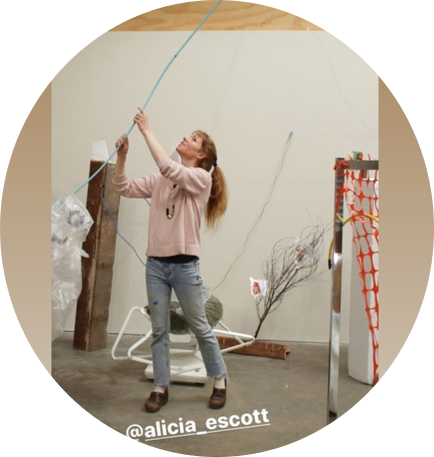 Alicia Escott is an interdisciplinary artist based in the land we currently call San Francisco, she/they practices in solidarity with thinkers across fields undoing the construct of “nature” as a thing separated from us and our world. Escott work is informed by how we each are intimately negotiating our immediate day-to-day realities and responsibilities amid an awareness of the overarching specter of climate chaos, mass-extinction and the social and political unrest this rapid change, unprocessed grief and latent anxiety produces. Her work seeks to make space for the unspoken individual and collective experiences of loss, heartbreak and grief. She/they approach these issues with an interstitial practice that encompasses writing, drawing, painting, photography, video, sculpture, social-practice, and activism. She feels nostalgia for the Last Universal Common Ancestor from which all life on earth is descended when we were all connected— but lucky to be born in a moment of unprecedented species diversity that she has witnessed diminished in her own lifetime.
Alicia Escott is an interdisciplinary artist based in the land we currently call San Francisco, she/they practices in solidarity with thinkers across fields undoing the construct of “nature” as a thing separated from us and our world. Escott work is informed by how we each are intimately negotiating our immediate day-to-day realities and responsibilities amid an awareness of the overarching specter of climate chaos, mass-extinction and the social and political unrest this rapid change, unprocessed grief and latent anxiety produces. Her work seeks to make space for the unspoken individual and collective experiences of loss, heartbreak and grief. She/they approach these issues with an interstitial practice that encompasses writing, drawing, painting, photography, video, sculpture, social-practice, and activism. She feels nostalgia for the Last Universal Common Ancestor from which all life on earth is descended when we were all connected— but lucky to be born in a moment of unprecedented species diversity that she has witnessed diminished in her own lifetime.
Escott’s work has been shown in over 100 art institutions, galleries, museums and alternative spaces. and reviewed in Momus, The San Francisco Chronicle and others. Escott is a founding member of 100 Days Action who were a recipient of the 2017 YBCA100 List Award. She is half of the Social Practice Project The Bureau of Linguistical Reality that have been featured in The Economist, The New Yorker, The San Francisco Chronicle, KQED, ABC News and others. She works Nationally, Internationally and locally.
Kathy Aoki
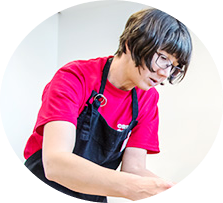 Kathy Aoki is a multi-disciplinary visual artist who uses satire to critique the absurd value systems that dominate gender, pop culture, and politics. Her printmaking work can be found in major collections across the U.S. including the New York Metropolitan Museum of Art and the Fine Arts Museums of San Francisco. She has been an artist-in-residence at numerous venues including MacDowell (NH), the Headlands Center for the Arts (CA), and Frans Masereel Centrum (Belgium). Aoki has completed commissions for the San Francisco Arts Commission, the Pennsylvania Academy of the Fine Arts Museum, and the San Jose Museum of Art. Her studio is located in the San Francisco Bay Area where she is a Professor of Studio Art at Santa Clara University.
Kathy Aoki is a multi-disciplinary visual artist who uses satire to critique the absurd value systems that dominate gender, pop culture, and politics. Her printmaking work can be found in major collections across the U.S. including the New York Metropolitan Museum of Art and the Fine Arts Museums of San Francisco. She has been an artist-in-residence at numerous venues including MacDowell (NH), the Headlands Center for the Arts (CA), and Frans Masereel Centrum (Belgium). Aoki has completed commissions for the San Francisco Arts Commission, the Pennsylvania Academy of the Fine Arts Museum, and the San Jose Museum of Art. Her studio is located in the San Francisco Bay Area where she is a Professor of Studio Art at Santa Clara University.